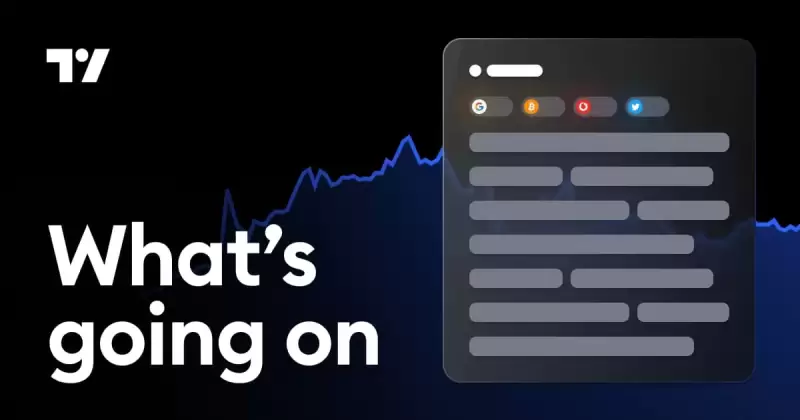 |
|
 |
|
 |
|
 |
|
 |
|
 |
|
 |
|
 |
|
 |
|
 |
|
 |
|
 |
|
 |
|
 |
|
 |
|
This was in 2015. The researcher was Ben Fielding, who had built a large machine stuffed with early GPUs to develop AI.

A noisy desk in a lab at Northumbria University, in northern England, is where a young AI researcher began his PhD track in 2015. He was working on some unorthodox ideas, exploring how “swarms” of AIs could talk to each other and learn from each other to improve the collective whole. But he was handcuffed by the realities of that noisy machine, which he had built to house early GPUs for his research.
The machine was so loud it annoyed his lab-mates, and he had crammed it beneath his desk, leaving no room for his legs, which he had to awkwardly stick to the side of the desk.
At the time, Google was doing similar research with thousands of GPUs in a data center.
“The things they were doing weren't crazy. I knew the methods … I had lots of proposals, but I couldn't run them,” says Ben Fielding, who is now CEO of Gensyn and a speaker at Consensus 2025.
Fielding and his co-founder, Harry Grieve, started Gensyn in 2020, with the goal of creating a decentralized network for machine intelligence.
Gensyn is now rolling out the first stage of its Testnet, and the company's early tools are beginning to trickle out into the wild. Gensyn recently released its “RL Swarms” protocol, a descendant of Fielding's PhD work, and just launched Testnet, which brings blockchain into the fold.
Gensyn's Testnet is a beta version of the company's core infrastructure, offering a glimpse into the broader vision.
In this interview leading up to the AI Summit, at Consensus in Toronto, Fielding gives a primer on AI Swarms, explains how blockchain snaps into the puzzle, and shares why all innovators — not just tech giants — “should have the right to build machine learning technologies.”
This interview has been condensed and lightly edited for clarity.
Jeff Wilser: Gensyn just launched its Testnet. What’s the gist of what it is?
Ben Fielding: It's the addition of the first MVP features of blockchain integration with what we've launched so far. So a few weeks ago, we launched RL Swarm, which is reinforcement learning, post-training as a peer-to-peer network.
The easiest way to think about it is when a pre-trained model goes through reasoning training — like Deep-R1 — it learns to critique its own thinking and recursively improve against the task. It can then improve its own answer.
We take that process one step further and say, "It's great for models to critique their own thinking and recursively improve. What if they can talk to other models and critique each other's thinking?" If you get many models together in a group that can all talk to each other, they can start learning how to send information to the other models … with the overall goal of improving the entire swarm itself.
So that's the swarm training method, which allows many models to combine in parallel to improve the outcome of a final meta-model that you could create from those models. But at the same time, you have every single individual model just improving on its own. So if you were to come along with a model on a MacBook, join a swarm for an hour and then drop back out again, you would have an improved local model based on the knowledge in the swarm, and you would have also improved the other models in the swarm. It's this collaborative training process that any model can join and any model can do. So that's what RL Swarm is.
Wilser: Okay, and then where does blockchain come in?
Ben Fielding: So the blockchain is us moving forward some of the lower-level primitives into the system.
Let's just pretend that someone doesn't understand the phrase "lower-level primitives." What do you mean by that?
If you think about the software stack, you've got a GPU stack in a data center. You've got drivers on top of the GPU. You've got operating systems, virtual machines. You've got all this stuff going up.
A lower-level primitive is the closest to the bottom foundation in the tech stack.
Wilser: Yes, exactly. And the RL Swarm is a demonstration of what's possible, basically. It's just a somewhat hacky demo of doing really interesting large-scale, scalable machine learning. But what Gensyn's been doing for the past four-plus years, realistically, is building infrastructure. And so we're in this period now where the infrastructure is all at that v0.1 sort of beta level. It's all done. It's ready to go. We have to figure out how to show the world what's possible when it's quite a big shift to the way people think of machine learning.
It sounds like you guys are
Disclaimer:info@kdj.com
The information provided is not trading advice. kdj.com does not assume any responsibility for any investments made based on the information provided in this article. Cryptocurrencies are highly volatile and it is highly recommended that you invest with caution after thorough research!
If you believe that the content used on this website infringes your copyright, please contact us immediately (info@kdj.com) and we will delete it promptly.
-

-

- Bitcoin reserves on cryptocurrency exchanges have dropped to their lowest level in more than six years
- Apr 25, 2025 at 01:25 am
- Bitcoin reserves on cryptocurrency exchanges have dropped to their lowest level in more than six years, as publicly traded companies ramp up their accumulation of the digital asset
-

-

-

-

-

-

-



























































